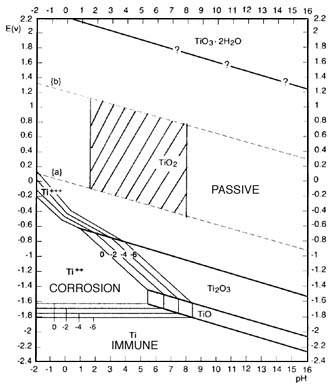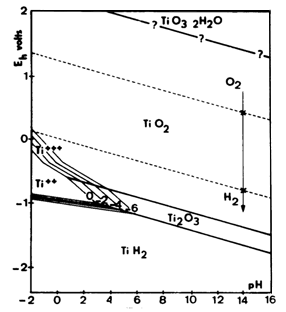Hello Hashashan,
| Quote: |
| Originally posted by hashashan Correct me if I'm wrong' but isnt the Sb, Sn doping meant to be just a relaying layer between the Ti and PbO2? if so then why are you trying to run a chlorate cell with no coating? |
That is true. I am going to use the Sn/Sb Oxide coat as an inbetween coat for Ti and LD.
In order to test the coatings I am simply putting the Ti coated strip into Chloride solution to see how well it stands up. It is far too much trouble to coat each with LD just to test the Sn/Sb Oxide coat.
Perhap this test is not appropriate.
I also give a small portion at the top end (only one small place the top) a rub of steel wool to see how well the coating has stuck or hard it is. A patent (one only!) did this and they were able to obtain a glossy black appearance. Sounds like a good coat to me.
Side Note
Mrs. Jones would need some elbo grease to remove that coating if it were on glass....but we are discussing anodes

End of Side Note!
Some of the Sn/Sb Oxide coatings were used on their own to electrolyze brine solutions in the patents for quite a period of time too.
I noted that any of the patents that give an example where by the Sn/Sb Oxide coat was used to electrolyse brine (no overcoat), the Sn/Sb Oxide coat was put on the Titanium using anhydrous SnCl4. They refluxed it with an alcohol for some hours first to obtain a compound for adding the Sb Chloride to.
Dann2

 ( SnCl2 - SnCl4 )
( SnCl2 - SnCl4 )





